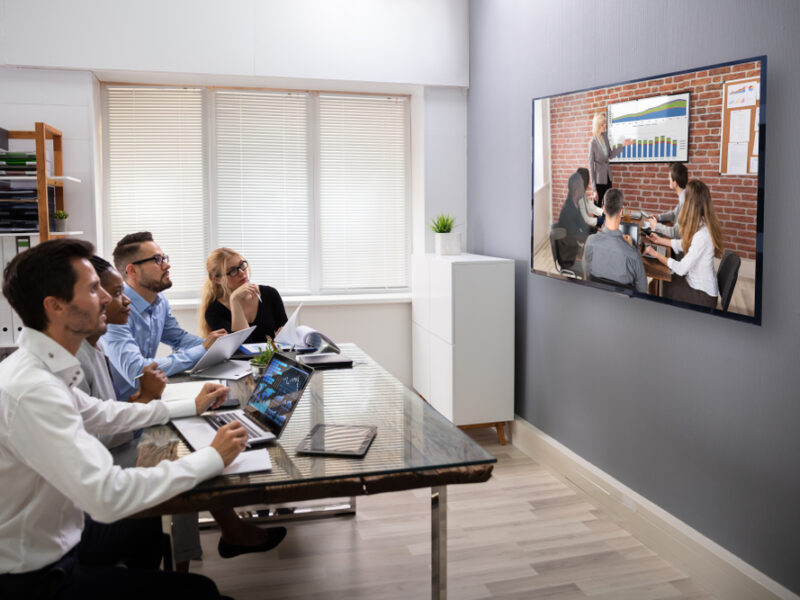What are the best ways to persuade more effectively?
Most of us were taught to convince people by using logic, structure, and clarity. And while those are essential, there’s another deeper layer that I certainly wasn’t aware of until I did some research.
It’s possible to appeal to something deeper – the body. This is where grounded cognition comes in.
Grounded cognition (also sometimes called embodied cognition, an older term) is this idea:
We think not just with our brains, but also with our bodies and our environments.
The words we hear activate taste, motion, and vision circuits in the brain.
The textures we see engage our brains in a primitive way.
And memory: the way we learn something – including where we are, what we wear, or what we smell – affects how well we remember it later.
I did a recent Livestream on this where I go into detail on these ideas. [It does go for 28 minutes. And there’s a 1-minute intro where I’m playing the piano.]
Watch the LinkedIn Livestream Here.
Here’s the fast summary 🙂
How do we use this in practice?
1. Be Sensory and Specific
Generic language doesn’t stick. Specific, sensory-rich language does.
As I shared:
“Saying ‘yappy Pomeranian’ instead of just ‘dog’ lights up more of your listener’s brain”.
“That specificity helps them feel the message – and remember it.” Concrete language builds clarity. Sensory language brings emotion.
And used together, they deepen engagement and persuasion.
2. Use Texture to Prime Attention
Before showing key slides or messages, use high-resolution images with visual texture. Think steam rising from a cup, the folds of fabric, or the roughness of bark.
Texture sharpens focus. Our brains pay more attention, and get ready to receive your message.
3. Help Memory With Context Cues
What you wear, smell, or hear while learning content can help you recall it later. Try cues that you can use during your event – such as a particular smell (that’s very powerful), specific jewellery or clothing – when you practise. What you encode as you learn and practise then triggers retrieval in the actual moment.
Slight changes in your slide backgrounds can also act as visual memory anchors.
These aren’t just gimmicks. They’re backed by neuroscience – and they work.
To sum up:
Grounded cognition reminds us that persuasion is not just about logic. It’s about sensation.
And then you allow others to think with their body, not just their minds, you communicate with greater depth, clarity, and influence.




